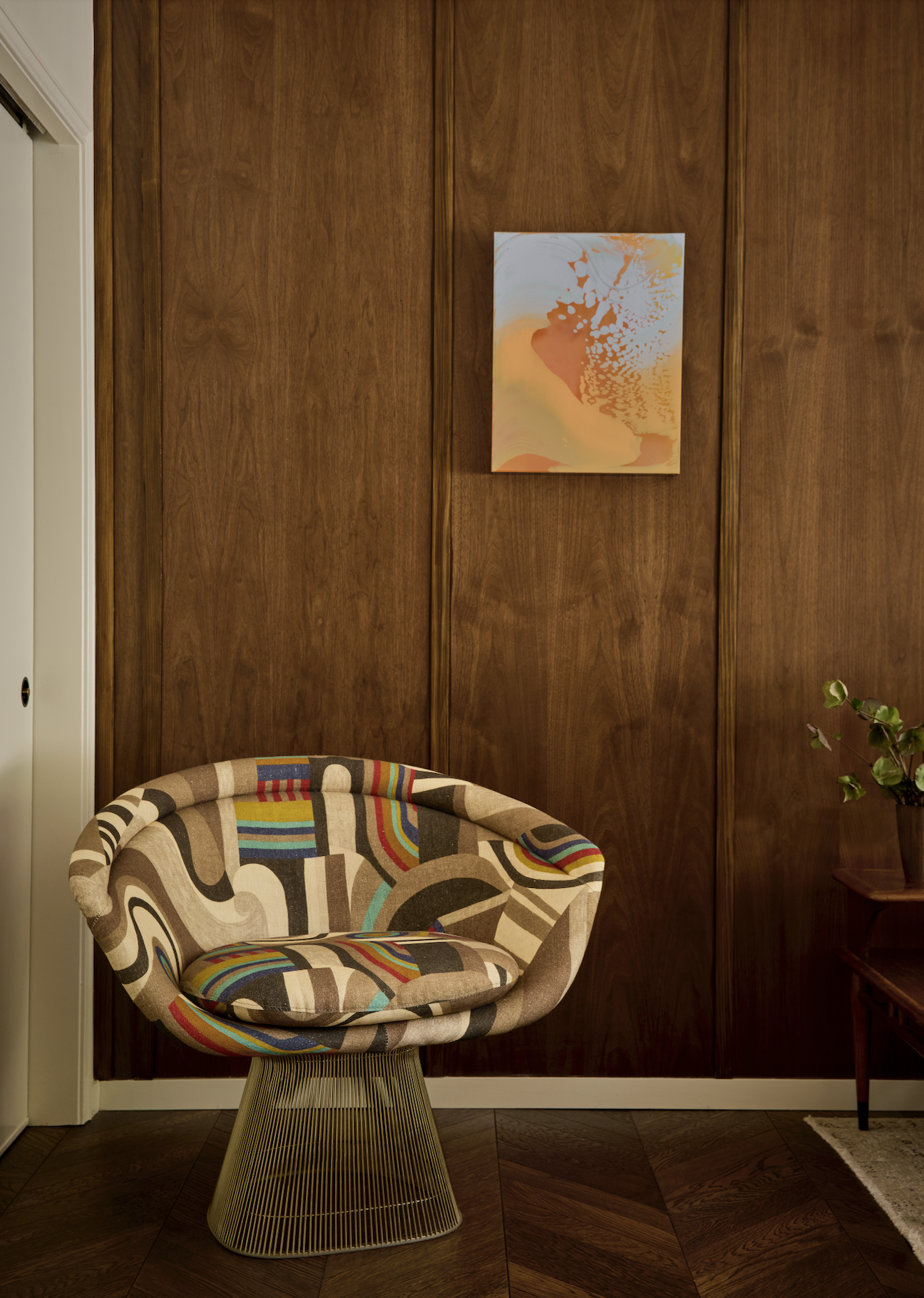commission for Studio Coco Greenblum with Rhett Baruch Gallery Los Angeles featured in article of Architectural Digest Italy ‘ This mid-century home is reborn woth color and Hollywood energy’ 2025
Visit by the Dutch Consul General during ‘Radiant Touch’ exhibition at Art23 Contemporary Art Gallery in Guangzhou China 2019
Lisette explores the sensory perception of architectural space by visiting designs by renowned architects. She travels to visit architecture with historical value in Europe and the USA. Currently, her focus is on mid-century modern architecture in Los Angeles and Palm Springs.
Lisette’s interest lies in the idea that architecture engenders a basic physical experience prior to also initiating an intellectual interpretation. By observing the location intensely and moving through each room repeatedly, she can both experience the space in a physical way and interpret it intellectually. After studying the site's history and architect, a period of in-depth research into technique, material and colour schemes follows. This results in a series of works that reflect on the site's atmosphere, history and its design.
Lisette work is exhibited at art fairs Art Rotterdam, BIG Art Amsterdam, Unfair Amsterdam and soon at Enter art fair in Copenhagen DK. Her works were on display at the Stedelijk Museum Schiedam, Torrance Art Museum, during the biennial for female artists in Macao CN, at a duo exhibition in Guangzhou CN, during exhibitions in Amsterdam, Los Angeles and Biel/Bienne CH. Lisette’s work is included in the corporate collections of University Medical Center Utrecht, Art in Isala locations Zwolle and Kampen, and in private collections in Europe, America and Asia.
NL
Lisette onderzoekt de sensorische waarneming van de architectonische ruimte door ontwerpen van bekende architecten te bezoeken. Ze reist door Europa en Amerika om architectuur met historische waarde te bezoeken. Momenteel ligt haar focus op mid-century modern architectuur in Los Angeles en Palm Springs.
Lisette’s interesse ligt in het idee dat architectuur een basale fysieke ervaring veroorzaakt voorafgaand aan een intellectuele interpretatie. Door de locatie intensief te observeren en door herhaaldelijk door iedere ruimte te lopen, kan ze deze zowel fysiek ervaren als intellectueel interpreteren. Na het bestuderen van de achtergrond van het gebouw en de architect volgt een periode van diepgaand onderzoek naar techniek, materiaal en kleur. Dit resulteert in een serie werken die reflecteert op de sfeer, geschiedenis en het ontwerp van het gebouw.
Tentoonstellingen bij: het Stedelijk Museum Schiedam, Torrance Art Museum US, biennale voor vrouwelijke kunstenaars in Macau CN, tentoonstelling in Guangzhou CN. Deelname beurzen o.a. Art Rotterdam, PAN Amsterdam, ENTER art fair DN en BIG Art. Haar werk is opgenomen in de bedrijfscollecties van Universitair Medisch Centrum Utrecht, Isala ziekenhuis in Zwolle en Kampen, en in privé collecties in Europa, Amerika en Azïe.
Build-up ENTER art fair
photography Jacqueline Fuijkschot





